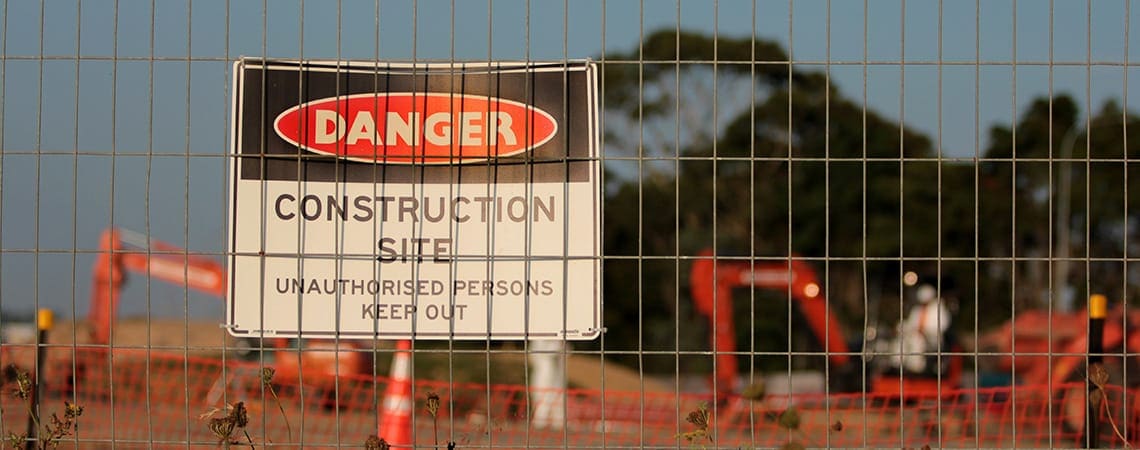Permit to work (PTW) systems, also often known as Integrated Safe Systems of Work, are an ideal way to ensure that work is managed correctly and performed safely and efficiently.
There are many types of system from paper and spreadsheets at one end to an electronic permit to work system at the other.
An effective system requires a combination of the right functionality and enforcement of the right process for using it. Without both of these, you are likely to run into difficulties. It's also important to approach the implementation of a PTW system carefully because these early stages are vital to the project success.
This article looks at potential issues with implementation of a Permit to Work system and then examines some key functionality that it's important to get right.
![]()
Implementation
Resistance from Employees
Obtaining Buy-In from other Stakeholders
PTW Functionality
Not all PTW systems are created equal - before embarking on implementation it's essential to make sure that the important bases are covered
Risk Assessment
- Identification of all hazards relating to the tasks to be performed under the permit
- Assessing the severity and likelihood of those hazards
- Identifying appropriate risk control measures to mitigate the risks. It can be helpful to include feedback from multiple stakeholders here
Method Statements
Method statements provide a clear process for safe task completion. If the correct process is not followed, safety issues may arise, or the job may not be completed to the required standards. If method statements are not available to contractors or can't be accessed by them efficiently, it makes it difficult for them to follow the correct process. The company may also run the risk of commercial or legal exposure should an incident occur.
Solution:
A Permit To Work system should allow storage of method statements, and should prevent permits from being issued if the relevant method statements are not attached. Ideally it should also be possible to create method statements from within the risk assessment process. Using an electronic system makes it easier to create and attach method statements for each task.
![]()
Managing Contractors
It is common to find that contractors are not qualified to do the work required or their certification has expired. A lack of qualifications could result in unsafe working practices, potentially causing accidents. Having an out-of-date certification may lead to exposure to legal action if an incident occurs and an investigation reveals that the contractor’s paperwork was not up to date.
Using an electronic permit to work system allows contractors to upload their certifications to a contractor management system as part of the permit to work process. The system can send automatic notifications if certificates expire to avoid issues with out-of date certifications. By including required competencies in the initial permit setup it is easy to prevent personnel with expired competencies, or without the correct qualifications being allocated to tasks.
Managing SIMOPS
Sometimes contractors are not aware of other work happening on-site when they arrive, and they discover that the other jobs being performed affect the work planned for them – particularly for tasks in close proximity to each other. This could result in having to cancel a job, with associated costs, or in the worst case, a safety issue arising because of lack of information and awareness of what else is happening in the same space.
To avoid this issue, the permit to work system should clearly identify the areas in which work is taking place, preferably on a site layout map, so that Simultaneous Operations (SIMOPS) can be quickly identified. In addition automated checks may be implemented within the PTW system to flag potential SIMOPS before work can be scheduled.

Isolations
If the required isolations are not in place prior to work starting there are major safety risks. The most direct consequence of inadequate isolation is the heightened risk of accidents, including electrocutions, explosions, and chemical exposures. These incidents can result in severe injuries or fatalities, highlighting the critical importance of proper isolation practices.
The permit to work system should include a dedicated isolations permit which will ensure that all lockout tagout (LOTO) procedures, verification of isolations and safety measures are followed to protect workers.
Catering for multiple activity types
Activities such as working at heights, confined space, electrical work etc will require different questions to be answered. Traditional paper based systems often contain sections for each activity, but this can result in wastage and admin overhead since not all activities will be required for every permit. A good digital system will allow customisation of permit questions, and it will also show only the relevant permit sections .
Reducing Error
It's often the simple things which go wrong when humans are involved in a process - an error in data entry, a lost record or a misplaced permit can cause huge issues.
Adopting a digital permit to work system with centralised storage, e.g. a cloud-based system, should reduce the risk of data loss. A digital PTW system also provides opportunities for more effective error checking, data validation and audit. After training, staff should see the system as a benefit whoch will save them time and avoid problems with records going missing.
Implementing a digital permit to work system should bring significant benefits in saved time, reduced errors and improved configuration. If you would like to see how our Permit To Work Software can bring these benefits to your business, please get in touch or request a demo.